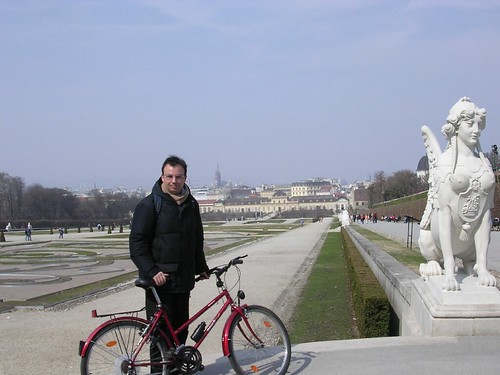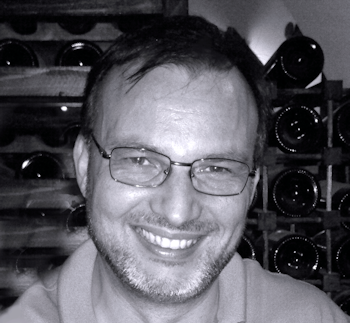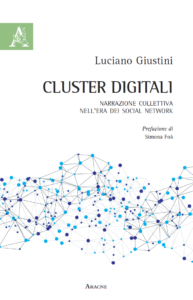
As some of you already know, In Easter I’ve expressed my wish to visit Vienna. In this moment so particular for me, the journey has had also several meanings. I mean, of inner research.
Anyway, there’re some references to recent events.. For example I’ve been there also because I wish to see the Archbishop of Wien, that Christoph Schönborn that’s considered one of the future Popes. Very communicative, with a so gentle and smiley face, doctrinally well formed, open to dialogue with the other churches. I would like to see him, in the S.Stephan Cathedral, but in those days unfortunately he was in Jerusalem. But, let’s say, he has come to us, since he’s in Rome from some day, and just the last Thurdsay I’ve saw him in the Mass he’s doing in the ancient monastery of SS.Quattro Coronati. This is confirming my first impression of a carismatic as simple person!
Not as an oppressive burden, but rather as a melody from bygone days which now pervades the air again, a medley of Viennese valtzer, the Radetzky March and a Bruckner symphony. In Vienna, particularly in the First District, the air really seems to swing. Apart from nostalgic baroque, however, one also discovers contemporary architecture extending its tentacles in the form of glass-and-chromium buildings, right into the heart of the city, to the Stephansplatz, where the cathedral’s spire points skywards like giant stalagmite. Visitors climbing to the top are rewarded with a view of Vienna reaching far into the surrounding countryside in an ascending panorama. On the outskirts of Vienna a new district called Donau-City is being constructed by architects inspired not so much by baroque criteria as by the skyline of places such as Frankfurt and Chicago.
Modern Viennese art, fashion and ‘scene’ are impressive, yet form merely one facet of the spectrum. After the fall of the Iron Curtain which for so long cast a dark shadow over the western world, Vienna is once more located in the middle of Central Europe. The city has become a junction connecting the continent’s eastern and western parts, a role it already fulfilled once when an empire of 53 million citizens was governed from here. At present, however, political power is no longer involved, but rather cultural stimuli and lifestyle. Vienna has become a ‘definer of style’ again. Many of the numerous museums and cultural institutions are truly exemplary and make Austria into one of the most important cultural centres in Europe.
A visit to Vienna is like a stroll through the past, for almost nowhere else is history so close at hand. In the innumerable coffee-houses, often fitted with antique furniture, newspapers are provided free to the customers, a mixture of romantics and managerial types clutching an art-tourist guidebook or holding a mobile phone to their ear, typify the real ‘Viennese hodge-podge’.



